Dance - an unproductive expenditure of energy?!
Earlier in the week I was reading about dance philosophy. Just a taste of a book by a French man Frederic Poulillaude. It came about because I was asked to recommend a book on choreography to a friend and I couldn’t think of one in particular that I would recommend! But that is a topic for another post.
Unworking Choreography has some really interesting ideas and theories in it. I’ve never delved too deep into dance philosophy so this is actually new for me. I have strong beliefs and ideals about dance, but they are built from experience not from analytics or an academic perspective. And the ideas in this book crystallise some of them and shed new light on others.
I was surprised to read that dance was omitted by Kant from his classification of the fine arts in the 18th century. To him it was problematic as it didn’t fit his models of classification of the aesthetics of art. Dance is more transcendental being part of both polarities of classification in many areas. It is in itself actually transcendental due to the fact that it bridges the different art forms. I shall try and explain.
The first description that brought a chuckle from me was the idea that dance is an ”unproductive expenditure of energy”. Think of it like this: to dance we move and expend energy in doing so. There is nothing left after “dancing” save for the memory or experience of what has happened.
To explain this further let’s look at Kants’ aesthetics of fine arts.
Arts are classified as: form or experiential/sense based
For example, a picture has a fixed form that one can see and does not change, as does a sculpture. There may be many iterations of a picture but there are lines or strokes or dots that are fixed in time and space producing a visual form.
Experiential/sensual art is that which touches the senses such as a music performance or a play. It is experiential as the senses are engaged in listening to the piece or the actors portray a character, though usually this comes from a set score or text.
So how does dance fit in this formula? Well it is both in essence, yet does not fulfil either fully. It is a visual art very much based of forms that we see. The shapes our bodies make as we dance are clear and part of the aesthetic beauty — think ballet but also modern dance in its many forms. This is something music and plays do not usually have.
As an experiential/sensual art, one has to be present to experience dance as a performance. There is a choreography (text or score equivalent), yet it is very difficult to notate sufficiently. There are methods of notation that do capture the movement but do they also capture the essence sufficiently? If one thinks about the movements that are created today, there is no defined form or technique that can directly classify many movements adequately. Dance in itself over the years has shied away from being notated (there have been many attempts, yet nothing that has become mainstream, a la music or dramatic texts), so apart from videos today in the digital age, there isn’t much that is left over from a dance performance. The performance itself is unique as it is a living moment and even with video, it is very difficult to reproduce the same performance say 10 years later if you weren’t involved in the original, knowing the intent. Even today in rehearsals dancers argue about what the steps were, or the meaning behind them (I put my hand up!). If you weren’t there to experience the performance then you missed it. And even if you did, how much does one remember months or years later? A great tune one can hum and sticks in ones head. So does a classic line of a text. How many dance sequences can an audience remember and reproduce?
The sensual side of dance one experiences from being in the live performance, demands the use of ones senses to perceive the expression of feelings and connection and relationships between dancers. This is so important for the experience and without the energy that is produced by dancers performing, it becomes mechanical. It is the difference between being there live and watching a video of a performance. Sure you see the same thing but the experience is very different. And in our digital world these days the live performance is very valuable.
Expressing dance as being unproductive expenditure of energy, I think the theory misses the point. Dance transcends both classifications of the aesthetics of art in that it is both yet it 100% fulfils neither. Maybe that is what makes it so special!
This is to me why dance is so interesting. It’s more than one type of an art/experience. There is often a debate about form and feeling in dance, whether one is more important than the other. In having both, it raises what dance can be. For great dance you need both. Great dancers and great performances have emotion stirring the senses and a visual form that is aesthetically beautiful. You can have one more than the other, or be proficient in one side and still have value, yet the magic is in the two combined, enriching each other!
